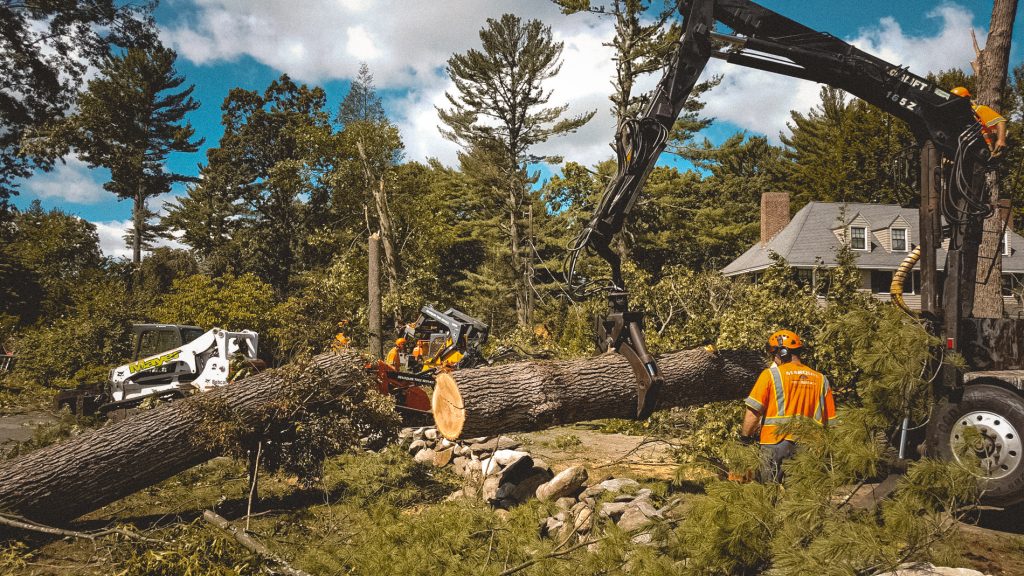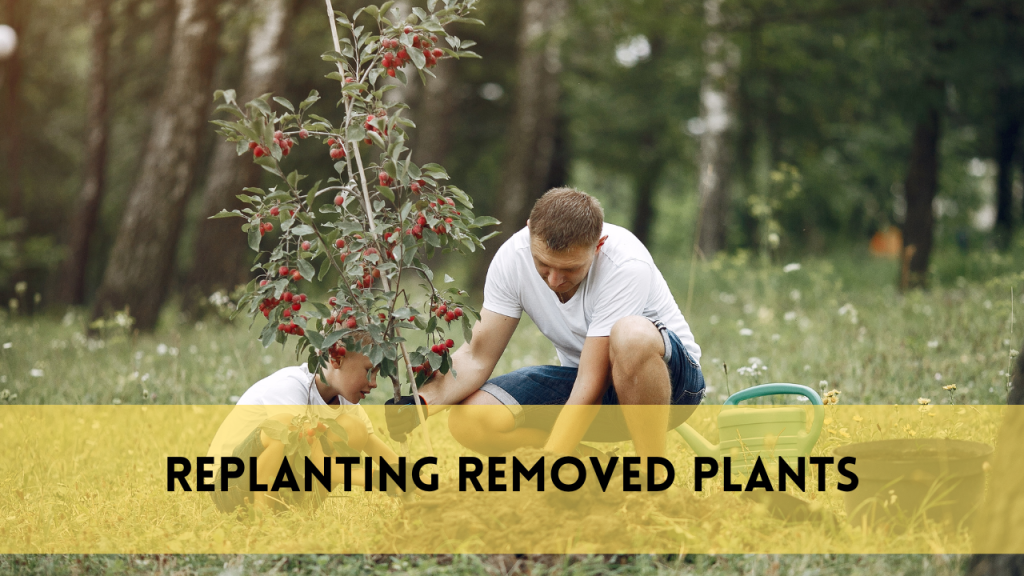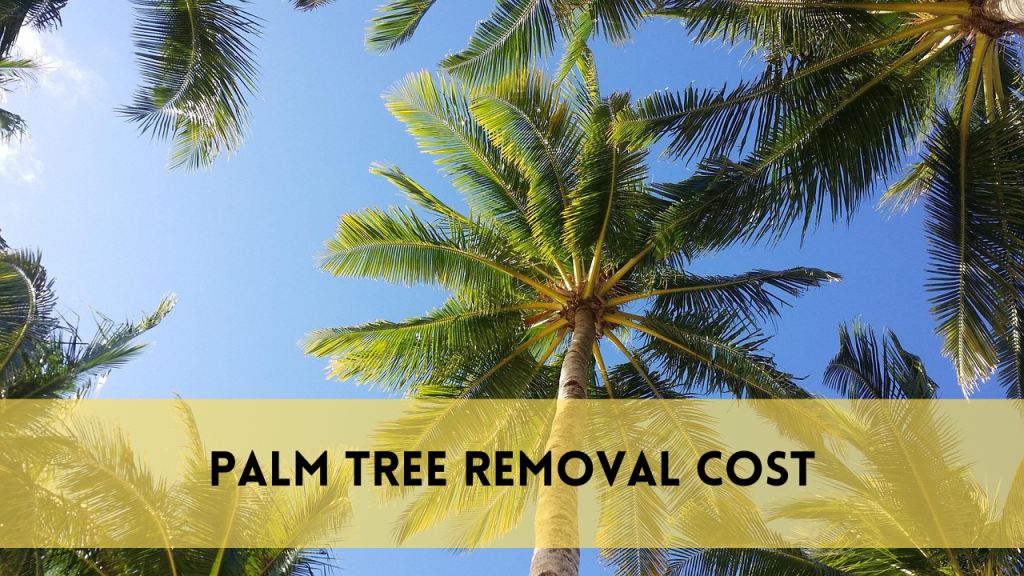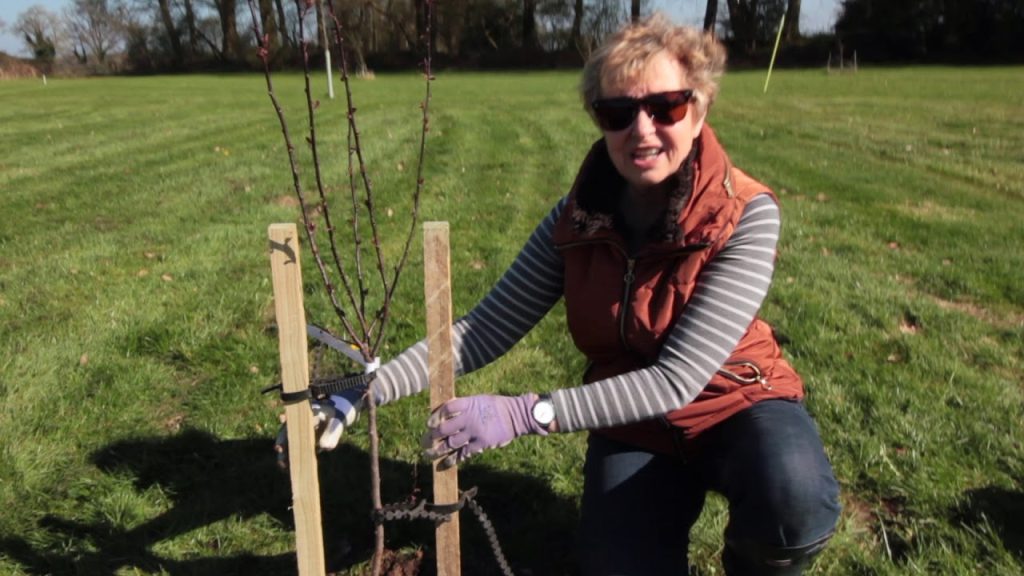How to remove a palm tree?
Palm trees, with their prominent fronds and tropical allure, can be a lovely addition to any landscaping. However, there might be times when you need to consider removing a palm tree. Whether it’s due to disease, structural issues, or simply a change in your landscaping plans, learning how to correctly remove a palm tree is critical. In this article, we’ll look at numerous ways and concerns for safely and effectively removing palm trees. Whether you’re a homeowner trying to regain space or a professional landscaper handling tree removal projects, understanding the procedure is critical to ensuring both your safety and the health of your surroundings.
Step-by-step guide:
Put on protective eyewear, gloves, and steel-toed boots to preserve your safety during the removal process.
Examine the palm tree and its surroundings to decide the best method of removal. Consider the size of the tree, its placement, and any adjacent structures or impediments.
Check with your local municipality or homeowners’ association to ensure you follow any restrictions or permissions required for palm tree removal.
Choose which way you want the palm tree to fall. Ascertain that it will not cause damage to structures or other vegetation.
To remove the palm fronds with a chainsaw or reciprocating saw, start at the bottom and work your way up. This makes the tree lighter and easier to work with.
Make a horizontal cut (notch) on the side of the tree facing the desired falling direction. This cut should be about one-third of the way through the trunk.
Make a felling cut on the opposite side of the notch, just above the bottom of the notch. This cut should be slightly higher than the horizontal notch cut.
Insert a wedge or another suitable implement into the felling cut to steer the tree’s fall in the correct direction. Maintain a safe distance when the tree begins to fall.
Once the palm tree has fallen, make sure the area is clear of debris and there are no hazards left behind.
If desired, you can remove the stump using a stump grinder or by digging it out. This step is optional; however, it is suggested to reclaim the space and prevent regrowth.
Gather all waste, branches, and fronds and dispose of them correctly. Consider recycling or repurposing the palm tree’s wood and fronds.
Hack and Squirt or Cut the Surface:
Definition: Hack and squirt, also known as cut surface application, is a tree removal procedure that includes cutting cuts or holes in the tree’s trunk and then injecting herbicide straight into the openings to kill the tree.
To use the hack and squirt technique, the tree’s bark is often peeled away or sliced to expose the inner wood. The tree’s vascular system can absorb the herbicide by injecting it into the wounds or holes. The pesticide gradually reduces the tree’s capacity to photosynthesize and transfer nutrients, finally killing it.
Application: This method is frequently used in forest management for selective tree removal, particularly when specific trees must be eliminated to facilitate the growth of other desired species. It is considered more targeted than other tree removal procedures and can have a lower environmental impact.
Treatment of the basal bark:
Basal bark treatment is a technique for controlling or killing woody plants, such as trees and shrubs, by applying a diluted herbicide solution directly to the bottom area of their trunks or stems.
In basal bark treatment, a mixture of herbicide and an oil-based carrier is sprayed or brushed over the bark of the tree from ground level up to a specific height (typically 12–18 inches). The herbicide absorbs into the bark, and because it is oil-based, it is still effective in cold or wet conditions. The herbicide eventually kills the tree by disrupting its growth.
Application: Basal bark treatment is extensively used in forestry and vegetation management to combat invasive tree species and woody plants. It is considered efficient and reduces the need for considerable tree cutting or removal.
Why Removing Palm Trees Is Important
Removing palm trees is necessary for a variety of reasons, many of which help the general health of the landscape and its ecology.
Starting with palm tree removal may be required to reduce safety issues. Palm trees can become fragile over time as a result of diseases, pest infestations, or structural concerns, posing a risk to people and property. Getting rid of these problems ensures the safety of residents, pedestrians, and surrounding structures.
Second, eliminating palm trees can help keep diseases and pests at bay. Diseased or infested palm trees can spread illness to surrounding healthy trees, putting the entire palm population in jeopardy. Timely removal aids in the containment of these concerns and the overall health of the landscape.
Additionally, palm tree removal is frequently required for landscaping makeovers and construction projects. Removing palm trees makes room for new plantings or buildings, allowing for landscape renewal and matching changing design aims.
Finally, eliminating palm trees can be environmentally responsible. Non-native palm species can outcompete native vegetation in some circumstances, damaging local ecosystems. The natural equilibrium of the environment can be restored by removing invasive palm species, benefiting local flora and animals.
Finally, palm tree removal is critical for ensuring safety, eliminating diseases and pests, making landscaping tasks easier, and preserving natural ecosystems. Palm tree removal, when done intelligently and professionally, contributes to the overall health and sustainability of the landscape.
Faqs
Q1: Is it possible for me to remove a palm tree by myself?
A: While a small palm tree can be removed on your own, larger trees may require expert assistance to ensure safe and proper removal.
Q2: What equipment do I need to remove a palm tree?
A: Safety equipment, a chainsaw or reciprocating saw, digging tools, rope, and stakes are all necessary instruments. Depending on the size of the tree, you may also want a stump grinder.
Q3: Do I need permission to cut down a palm tree?
A: Before removing a palm tree, check local regulations and permits, as they may differ by region.
Q4: When is the ideal time to have a palm tree removed?
A: Palm tree removal is usually best done during the tree’s dormant season, which is often late summer or early autumn.
Q5: Can I reuse or recycle the palm tree after it has been removed?
A: Yes, palm tree wood and fronds can be reused or recycled in a variety of creative crafts.
Conclusion
Removing palm tree is a task that should be done with proper techniques and precautions. Especially for larger trees. Whether you are looking to create a landscape, address safety concerns, or simply need to remove an unwanted palm tree, follow the proper procedures in this outline



